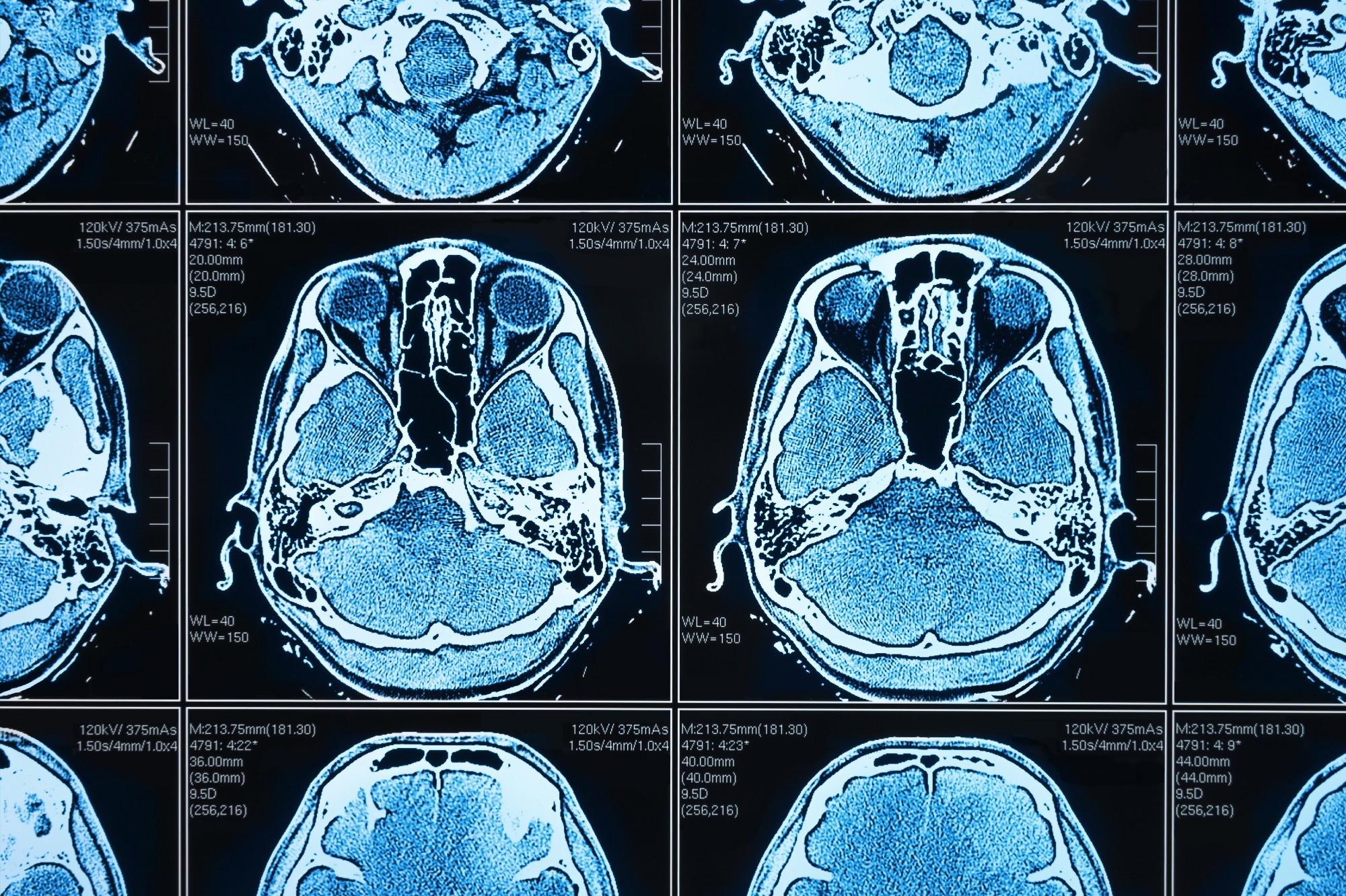In a recent article published in the journal Scientific Reports, researchers presented a novel method for non-contact photoacoustic imaging (PAI) that utilizes a silicon photonics-based Laser Doppler vibrometer (LDV). The study demonstrated an experiment for contactless and compact detection of photoacoustic signals in silicone samples with ink-filled channels, marking significant progress in biomedical imaging technology.

Image Credit: Zapp2Photo/Shutterstock.com
Introduction to Photoacoustic Imaging
In recent years, PAI has garnered significant attention in biomedical applications, particularly in cancer detection, vascular imaging, and brain imaging. Its non-invasive nature and ability to produce detailed images of biological tissues make it especially valuable in these fields.
PAI operates by allowing tissue chromophores to absorb light, leading to localized heating and expansion, which generates an acoustic wave. By detecting these waves, PAI reconstructs the tissue's absorption profile. This technique overcomes the depth limitations associated with traditional optical methods such as optical microscopy and optical coherence tomography (OCT).
Traditional PAI systems use contact-based ultrasound transducers to detect generated acoustic waves. These systems often require coupling media, such as gels or water, for effective sound transmission. However, this poses a contamination risk and limits their use in sensitive biomedical environments.
To address these challenges, the researchers have explored non-contact detection methods, with LDV emerging as a promising alternative. LDV is an optical technique that measures surface vibrations and can remotely detect photoacoustic waves. This approach eliminates the need for mechanical coupling, reducing the risk of sample damage.
Silicon Photonics-Based LDV for Photoacoustic Imaging
In this study, the authors utilized a silicon photonics-based LDV system to conduct photoacoustic measurements. A compact pulsed laser diode served as the excitation source, while the silicon photonics-based LDV detected the acoustic waves generated by the photoacoustic effect.
The experimental setup involved scanning the LDV beam over silicone samples embedded with ink-filled channels. These channels absorbed the excitation light, producing photoacoustic signals. The silicon photonics-based LDV system, built on a silicon-on-insulator platform, employed a homodyne detection scheme to measure the resulting surface vibrations caused by the photoacoustic signals.
The setup consisted of three primary components: the excitation light source, the sample, and the acoustic detection system. A 905 nm pulsed laser diode acted as the excitation source, delivering optical pulses to the silicone sample embedded with ink channels.
The LDV system, integrated with a photonic integrated circuit (PIC) and a data acquisition module, detected the generated acoustic waves. As the LDV beam scanned the sample’s surface, the system averaged signals from multiple excitations to enhance the overall signal quality.
The homodyne detection scheme split the laser beam into two paths: a reference path and a measurement path. The measurement beam focused on the vibrating surface, while the reflected beam combined with the reference beam at the photodetector. The phase difference between the two beams influenced the resulting photocurrent, which was then used to calculate surface displacement and reconstruct the photoacoustic image.
Research Findings and Insights
The results demonstrated that the silicon photonics-based LDV system effectively detected photoacoustic signals generated in silicone samples. The noise floor of the on-chip LDV was comparable to, or even better than, that of commercial LDV systems when measuring on flat, specularly reflective surfaces.
The chip-based LDV maintained consistent sensitivity up to approximately 3 MHz, with a 3 dB bandwidth of around 3.5 MHz. By scanning the LDV beam across the sample surface, the authors successfully reconstructed 2D photoacoustic images of the embedded ink channels. These images accurately depicted both the location and depth of the channels, highlighting the system’s capability for high-resolution imaging.
The study also emphasized the potential for scaling the LDV system to multi-beam configurations, which could eliminate the need for scanning and significantly enhance both imaging speed and resolution.
Potential Applications
This research holds significant potential for advancing biomedical imaging. The non-contact nature of the silicon photonics-based LDV system minimizes contamination risks and reduces mechanical coupling artifacts, making it ideal for imaging delicate biological samples.
Moreover, the compact and scalable design of the LDV system opens the door for the development of portable and cost-effective PAI devices. Such systems could find applications in various biomedical fields, including cancer detection, vascular imaging, and functional brain imaging.
Conclusion and Future Directions
In summary, this research successfully demonstrated the feasibility and potential of using a silicon photonics-based LDV system for non-contact photoacoustic imaging. The experimental results showed that the on-chip LDV system achieves high sensitivity and resolution, comparable to commercial systems while offering the added advantages of compactness and scalability.
Future research should prioritize optimizing the optical design and packaging of the LDV system to improve its performance in in-vivo applications. Additionally, exploring multi-wavelength excitation and advanced illumination profiles could further enhance imaging capabilities and broaden the range of biomedical applications for this technology.
Journal Reference
Dieussaert, E., Baets, R., Jans, H. et al. Non-contact photoacoustic imaging with a silicon photonics-based Laser Doppler Vibrometer. Sci Rep 14, 22953 (2024). DOI: 10.1038/s41598-024-74266-y, https://www.nature.com/articles/s41598-024-74266-y
Disclaimer: The views expressed here are those of the author expressed in their private capacity and do not necessarily represent the views of AZoM.com Limited T/A AZoNetwork the owner and operator of this website. This disclaimer forms part of the Terms and conditions of use of this website.